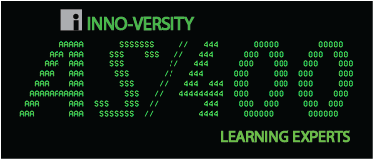Names the user-defined function. The combination of name, schema name, the number of parameters, and the data type of each parameter (without regard for any length, precision, scale, or CCSID attributes of the data type) must not identify a user-defined function that exists at the current server.
 For SQL naming, the function will be created in the schema specified by the implicit or explicit qualifier.
For SQL naming, the function will be created in the schema specified by the implicit or explicit qualifier.C P1PIRD CHAIN RPRID 96
C *IN96 IFEQ *OFF
C PRST SUB 20000000 INDATE
C CALL 'DATCHG'
C PARM INDATE 6 0
C PARM 'YMD' INFORM 3
C PARM 'SYS' OTFORM 3
C PARM OTDATE 6 0
C PARM OTCENT 1 0
|--+-+---SMALLINT---+
| +-+-INTEGER-+--+ |
| | '-INT-----' |
| '---BIGINT-----'
| .-(5,0)------------------------.
+-+-+-DECIMAL-+-+
| | '-DEC-----' | | .-,0------
| '-+-NUMERIC-+-' '-(--integer--+-----------+--) |
| '-NUM-----' '-, integer-' |
| .-(--53--)------.
+-+-FLOAT--+---------------+
| | '-(--integer--)-' |
| +-REAL---------------------+ |
| | .-PRECISION-. | |
| '-DOUBLE--+-----------+----'
A function can have zero or more input parameters. There must be one entry in the list for each parameter that the function expects to receive. All the parameters for a function are input parameters and are nullable. In the case of JAVA, numeric parameters other than the DECIMAL and NUMERIC types are not nullable. A runtime error will occur if a null value is input to such a parameter for a CALLED ON NULL INPUT function. For more information, see Defining the parameters in CREATE FUNCTION.



















